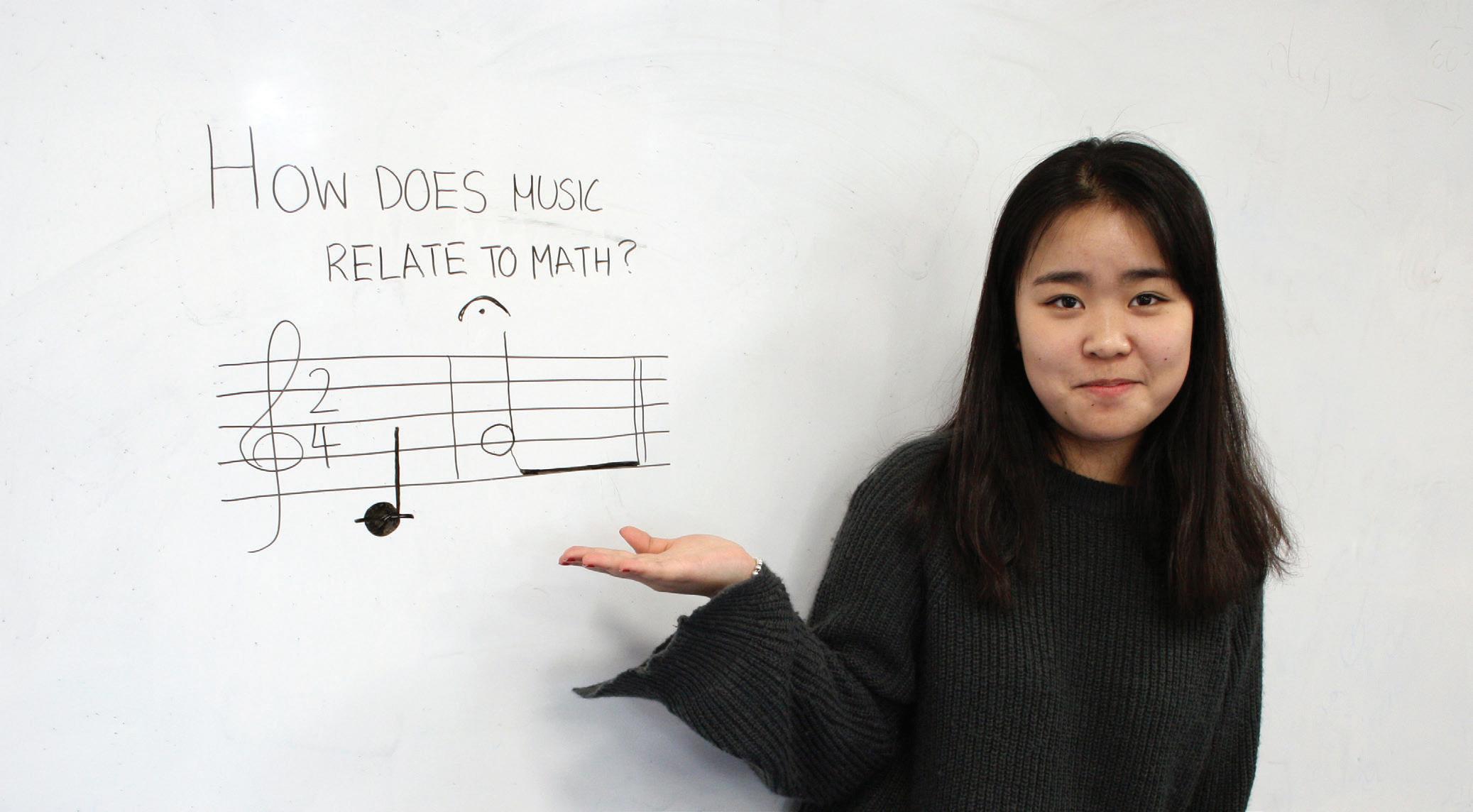Features
Pupils with autism are twice as likely to be bullied – what can teachers do? Tania Marshall considers a nuanced approach Primary pupils with special educational needs are twice as likely as other children to be bullied, according to the University College London (UCL) Institute of Education (2014), while according to the World Health Organization, 1 in 160 children have an autism spectrum disorder (WHO, 2018). Learning and socialising with neurotypical children can pose a challenge for pupils with autism who find it hard to read facial expressions and body language, and have difficulties understanding the intentions of their peers. They may also prefer to play alone, which sets them up as targets in the playground, with other children finding it easier to pick on them as they do not have a support structure around them. Individuals with autism are more likely than their neurotypical peers to be victims of bullying. They can, however – usually unintentionally – bully others due to their high sense of justice, misinterpretation of social cues or their rigid belief that they are right. In these situations, it is likely the autistic pupil did not intend to bully, or was unaware she/he was behaving in such a way. Looking specifically at girls with autism, females on the spectrum are set up by the very nature of a combination of their traits to be taken advantage of and vulnerable to the ill intentions of others. These traits include:
outer edges or have a boy as a friend), teachers often do not recognise that the girl is having difficulties. There are a few ways in which teachers can counteract the likelihood of a pupil with autism being bullied. It is extremely important to educate all pupils about autism and tolerance of difference. Pupils with autism could also be assigned a ‘neurotypical buddy’ who makes sure the pupil is safe and supported. Friendship skill acquisition, from as young an age as possible, is crucial for pupils with autism to learn. The best basis for this is through interests held in common with peers. Pupils with autism should also be provided with alternatives to the less structured parts of the school day such as break times and lunchtime. Some examples are lunchtime clubs or library activities. This is important because allowing a child on the spectrum out into the playground is akin to placing a person in a literal minefield. A ‘social bomb’ is going to go off; it’s just a matter of when, where, how, and who is involved. Those who are being bullied often hide it due to their fear of it getting worse, so it can be challenging to spot signs of a pupil with autism being bullied. Outward signs usually include crying, refusing to go to school, hiding in certain areas of the school, and/or clinging to the teacher or other staff member.
• high sympathy or emotional empathy • social naivety • misinterpreting other people’s intentions • being less able to read facial expressions and body language • not understanding the unwritten social rules • being overly idealistic about relationships • social immaturity Socially, in primary school, girls with autism tend to be included in groups by neurotypical girls and taken care of. Neurotypical girls may take a girl with autism under their wing and the girl with autism will mimic and copy them. Boys with autism, on the other hand, tend to spend time alone and are more likely to be bullied in primary school. Due to the fact that girls with autism appear to be part of a group (although they often flit between groups, stay on the Winter
Summer |
| 2019
Those who are being bullied often hide it due to their fear of it getting worse, so it can be challenging to spot signs of a pupil with autism being bullied.
25



























